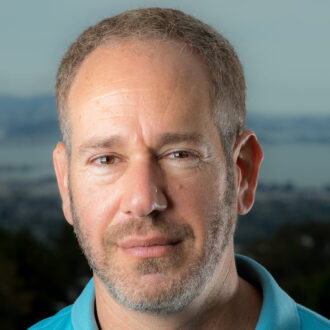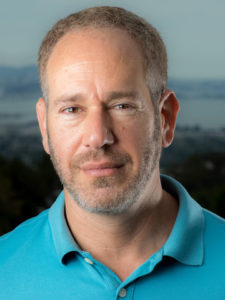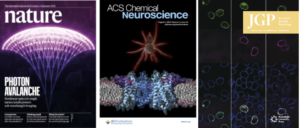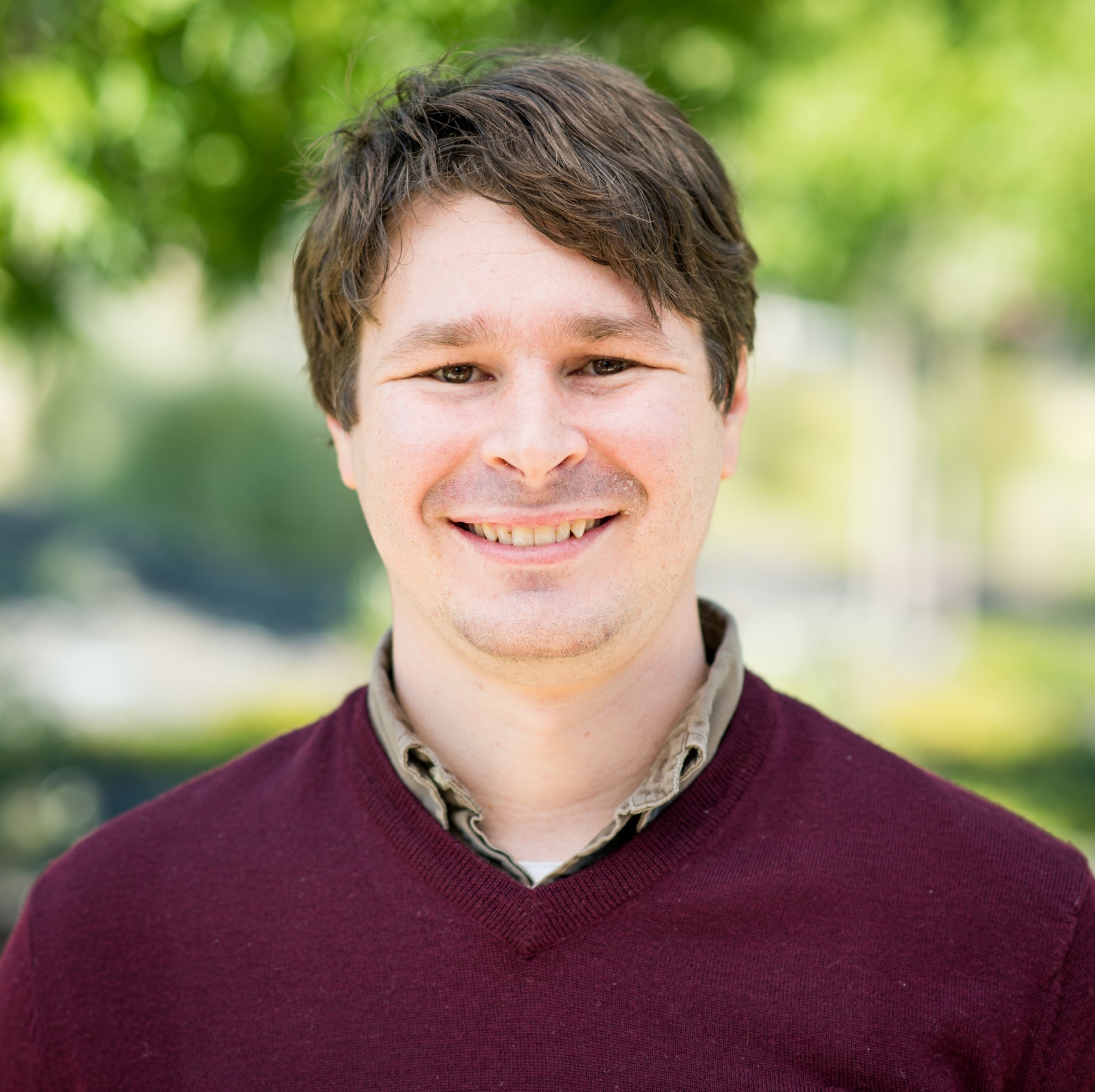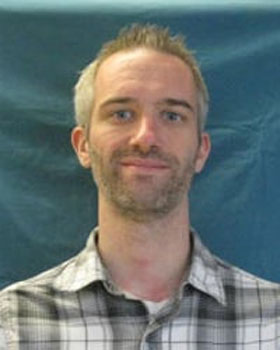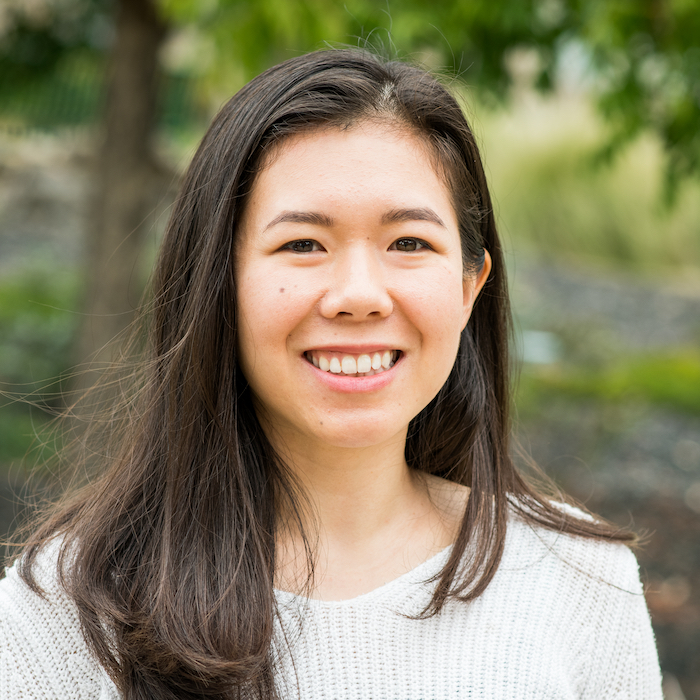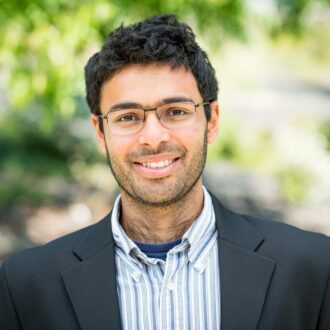Bruce Cohen
Materials Staff Scientist
Divisions
Molecular Foundry
Secondary Affiliation:
Molecular Biophysics and Integrated Bioimaging
- Cellular and Tissue Imaging
Biography
Bruce Cohen, Ph.D. is a Staff Scientist at the Molecular Foundry and the Division of Molecular Biophysics & Integrated Bioimaging at Lawrence Berkeley National Laboratory in Berkeley, California (USA), where his research focuses on the design and synthesis of novel luminescent nanomaterials for bioimaging. He graduated with honors in Chemistry from Princeton and earned his Ph.D. in Chemistry and Biophysics from UC Berkeley working with Daniel E. Koshland, Jr. He earned a certificate in Neurobiology from Woods Hole Institute before working as a Howard Hughes Medical Association postdoctoral fellow in the laboratory of Lily Y. Jan (UCSF) developing organic and protein-based fluorescent probes for addressing problems in protein biophysics and bioimaging. He has a broad background covering nanoscience, biophysics, neuroscience, photophysics, and chemical biology. His current research interests include development of novel organic fluorophores for imaging and sensing, nanoparticle-based biosensors, and lanthanide-based upconverting nanoparticles as single molecule, quantitative, and deep tissue imaging probes.
Research Interests
Optical microscopy is the primary means of studying live cells in real time, enabling analysis of individual cellular components at high spatial and temporal resolution. Inorganic nanocrystals have shown promise as transformative probes for these imaging studies, with exceptional optical properties not found in other materials. Along these lines, we are developing novel nanocrystals as biosensors and single-molecule probes, improving bioconjugation and targeting chemistries, and imaging live cells with these reagents. We aim to integrate the development of novel luminescent nanomaterials into multidisciplinary efforts to address significant biological questions of cell function.
Imaging single molecules
Lanthanide-based upconverting nanoparticles (UCNPs) sum the energies of 2 incident NIR photons to emit one at visible wavelengths, an unusual property unlike anything found in the cell. UCNPs have significant advantages over other luminescent reporters, including an absence of on–off blinking, single-molecule multiphoton NIR excitation at powers approaching those used for standard one-photon confocal imaging, no overlap with cellular autofluorescence, and no measurable photobleaching under prolonged single-particle excitation. Our synthetic efforts have established control over UCNP size to produce smaller nanocrystals more compatible with many imaging applications. Current efforts are aimed at optimizing single nanocrystal brightness for extended single-molecule imaging in live cells, and developing UCNPs capable of chemical sensing for studying cellular biochemistry.
Optical biosensors
Many nanocrystals exhibit brightness and stability far superior to conventional fluorophores, making them ideal as the bases for biosensing reagents. We have developed quantum dot and UCNP energy transfer-based systems for the sensitive detection of cellular chemistry and protein motions. Our current work focuses on developing bright, selective sensors for studying neuronal activity, including voltage sensors, sensors of neurotransmission in the brain, and ion sensors.
Nanocrystal biocompatibility and targeting
Broadening the scope of nanocrystal surface conjugation chemistry is essential to expand their reach for imaging applications. High-quality UCNPs and quantum dots are synthesized in hydrophobic solvent and must be transferred to water and made biocompatible to have any utility as imaging probes or biosensors. An ongoing challenge in applying nanocrystals as probes for cellular imaging is improving their aqueous passivation and developing new reactions that work on nanocrystal surfaces. A growing area of research for us is development of new bioconjugation chemistries, including click reactions, SpyCatcher ligation, and bioorthonganol reactions for immunotargeting.
Recent Publications
Related News
Shine On: Avalanching Nanoparticles Break Barriers to Imaging Cells in Real Time
The diffraction limit is a fundamental property of light that has long prevented optical microscopes from bringing into focus anything smaller than half the wavelength of visible light (~200 nanometers), which is at least an order of magnitude larger than the tiny protein machines that keep cells, and us, running. A team of researchers co-led scientists in Berkeley Lab's Molecular Foundry and Columbia University’s school of engineering developed a new class of crystalline material that, when used as a microscopic probe, overcomes the diffraction limit without heavy computation or a super-resolution microscope. The amazing new material, called avalanching nanoparticles (ANPs), will advance high-resolution, real-time bio-imaging of a cell’s organelles and proteins, as well as the development of ultrasensitive optical sensors and neuromorphic computing that mimics the neural structure of the human brain, among other applications. The work was reported in a cover article in the journal Nature.
Divisions
- Science Programs
Secondary Affiliation:
Environmental Genomics and Systems Biology
- Comparative and Functional Genomics
Biography
I received my B.S. in Bioinformatics and Molecular Biology at Rensselaer Polytechnic Institute in 2006. From there, I went on to pursue a Ph.D in Biological Sciences at UCSD, where I trained in the laboratory of Dr. Joanne Chory at the Salk Institute, studying morphometric features associated with shade avoidance in Arabidopsis thaliana. I then undertook a postdoctoral position in Dr. Steve Kay’s laboratory at UCSD to study circadian and diurnal growth and transcriptome profiles of the model grass, Brachypodium distachyon, before taking on a second postdoctoral position at the DOE-Joint Genome Institute using genome-wide mutagenesis surveys to investigate root colonization by soil bacteria. I became a Research Scientist at LBNL in 2020, and received a DOE Early Career Award in 2021.
Research Interests
Plants are phenomenal in their ability to adapt to adverse conditions, harboring an incredible diversity of responses to environmental stress. I am broadly interested in studying exactly how plants interact with their environment, from their relationships with soil micoorganisms to their reactions to drought, light, and nutrient scarcity. At the Joint Genome Institute, my research focus has been on understanding how microbes can colonize plant roots, focusing on genetic components required for effective colonization. In addition, I am now focusing on how individual plant cells respond to their biotic and abiotic environment using emerging single-cell characterization technologies (scRNA-seq and Spatial Transcriptomics).
Recent Publications
Related News
How Plants and Mycorrhizal Fungi Cooperate
Researchers have studied both sides of plant-fungi symbiosis in one of the first cross-kingdom spatially-resolved transcriptomics studies to date.
Report from Second Plant Single-cell Solutions for Energy and the Environment Workshop Available
On April 29, 2021, Berkeley Lab hosted a second workshop to identify the most pressing barriers to wider adoption of single-cell sequencing and omics technologies, and to discuss solutions to remedy those barriers in order to drive discovery. The workshop report is now available for download.
Cole Named DOE Early Career Awardee
The JGI's Ben Cole is one of five Berkeley Lab scientists selected by the U.S. Department of Energy’s Office of Science to receive funding through the Early Career Research Program (ECRP). Under the program, researchers based at DOE national laboratories will receive $500,000 per year, for five years, to cover salary and research expenses. His award is for a project that will employ sequencing and molecular profiling techniques to examine the genes and gene-regulating processes underlying how individual cells in two prominent bioenergy crops – sorghum and switchgrass – respond to drought and nutrient limitation.
Divisions
- Science Programs
Secondary Affiliation:
Environmental Genomics and Systems Biology
- Biosystems Data Science
Research Interests
- Annotation of fungal genomes to better understand their roles in interactions with e.g. plants, algae, and other fungi
- Comparative phylogenomics to help resolve the Fungal Tree of Life, particularly untangling the lesser studied basal fungal clades
- Elucidation of the underlying biological mechanisms of efficient biomass degradation by fungi
Recent Publications
Related News
JGI Researchers Trace the Evolution of Shiitake Mushrooms
By complete sequencing of 24 new mushroom genomes, and assembling genomes from 60 existing sequences, this work expands the family tree for Lentinula. Within those samples, this study also tracks the enzymes these fungi use to break down wood, and compares genetic diversity between cultivated and wild shiitake populations.
JGI Develops Single-Cell Pipeline for Fungal Diversity
More than a million species of fungi are estimated to live on this planet, but most of that diversity remains unknown because the fungi have avoided detection and have not been cultured for study in laboratories. A team led by researchers at the Joint Genome Institute has developed a pipeline to generate genomes from single cells of uncultivated fungi. The approach was tested on several uncultivated fungal species representing the earliest evolutionary branches in the fungal genealogy that provide a repertoire of important and valuable gene products.
Divisions
- Science Programs
Secondary Affiliation:
Environmental Genomics and Systems Biology
- Comparative and Functional Genomics
Research Interests
- Comparative analysis of fungal and algal genomes
- Annotation and prediction of gene function
- Integration of diverse biological data
Recent Publications
Related News
Biosciences Area FY23 LDRD Projects
The projects of 22 Biosciences Area scientists and engineers received funding through the FY23 Laboratory Directed Research and Development (LDRD) program.
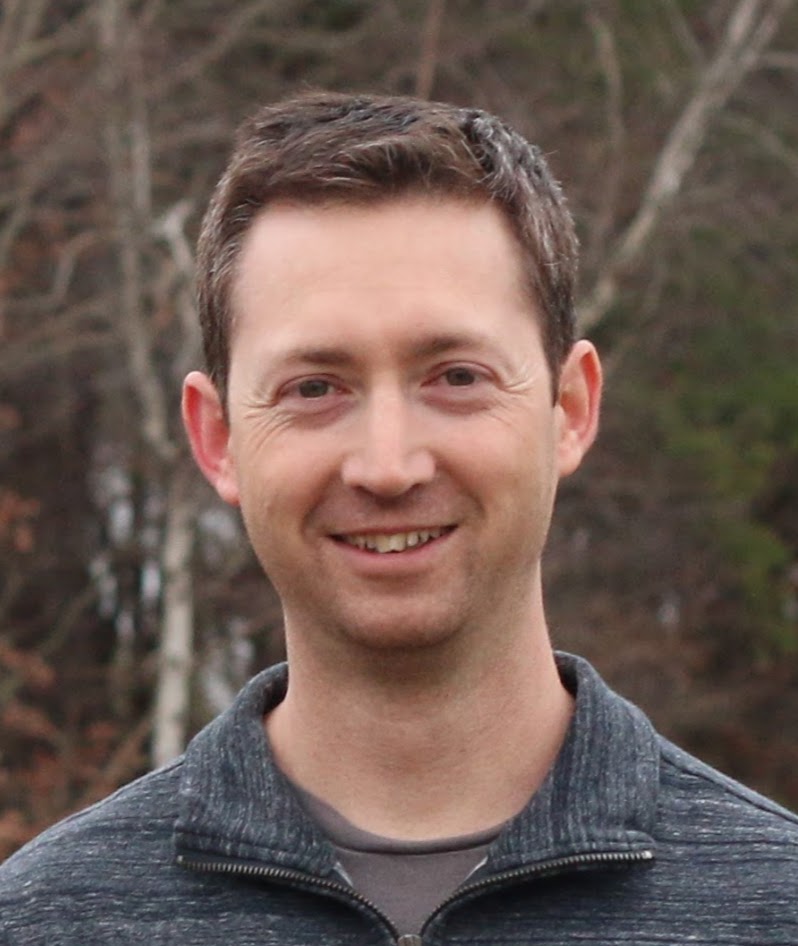
Building: 91, Room 210c
Mail Stop: 91R0183
Phone: 510-495-8511
ikblaby@lbl.gov
https://jgi.doe.gov/our-science/scientists-jgi/ian-blaby/
Links
Divisions
Secondary Affiliation:
Environmental Genomics and Systems Biology
- Comparative and Functional Genomics
Research Interests
Dr. Blaby joined the JGI in 2019 as the lead of the DNA synthesis platform, where he manages production for approved user projects as well as leading computational and lab-based R&D efforts for synthetic biology and functional genomics. Prior to JGI, he was a group lead at Brookhaven National Laboratory where he focused on functional genomics of phototrophs. Through this and post-doctoral positions at University of Florida and UCLA he has worked with a wide range of eukaryotic algae, archaea and bacteria with a view to developing a deeper understanding of sequence-based gene function.
Recent Publications
Related News
Studying the Tiniest Archaea, JGI Users Find a Genomic Switch of Friend or Foe
Meta-omics datasets show that CRISPR-Cas systems determine mutualism or parasitism between some archaeal hosts and their hitchhikers.
Leveraging Soil Virus for Insight into Maintaining Microorganisms
Using the JGI's IMG/M data portal, researchers have identified a virus protein tied to carbon cycling.
Onsite PhD Student Visit Amps Up Collaborative Spirit
Biosciences Area staff recently hosted 40 PhD students from Wageningen University in the Netherlands over two days at Emery Station East (ESE) and the Integrative Genomics Building (IGB). The group launched their two-week California tour in the Bay Area, stopping by local biotechnology companies and prominent academic research institutions. The contingent visited ESE to tour the facility, make presentations, and discuss potential collaborations. At the IGB, the students attended a day-long symposium that included short talks, tours of several user facilities, and a poster reception.
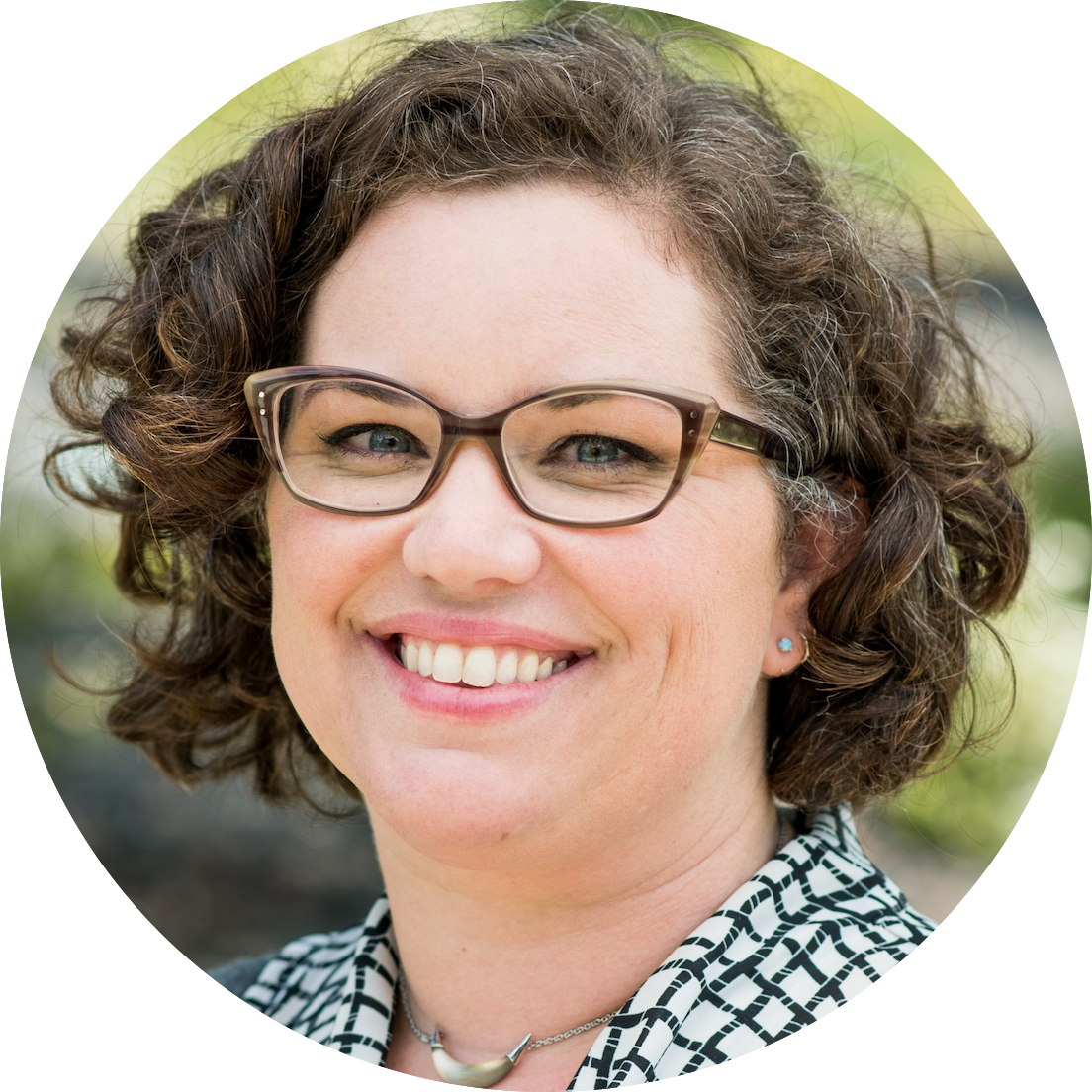
Building: 977, Room 0267
Mail Stop: M/S 977
Phone: 510-486-7069
KMChristiansen@lbl.gov
https://biosciences.lbl.gov/strategic-programs-development-group/
Biography
As Area Deputy, Katy Christiansen supports Biosciences ALD Paul Adams, helping to plan and execute long-range strategies to advance the Area’s scientific mission. After earning her PhD in plant science from Indiana University, Bloomington, Christiansen first joined Berkeley Lab in 2008 as a postdoctoral researcher in the plant systems biology group at JBEI. After two years as a AAAS Science & Technology Policy Fellow at the DOE Bioenergy Technologies Office, where she served as a technical adviser and assisted in development of funding opportunities, she returned to the Biosciences Area in 2014 to help lead strategic planning efforts. Her efforts resulted in direct funding from DOE that established the multimillion dollar Agile BioFoundry (ABF) and Trial Ecosystem Advancement for Microbiome Science (TEAMS) programs. As Head of the Strategic Programs Development Group (SPDG) since its inception in 2020, she now leads program development activities and strategic planning for the Area, including building new multi-institutional research programs with other national laboratories. Christiansen is also responsible for the Biosciences Strategic Plan (BSP), a 10-year scientific strategic plan that describes biosciences research aspirations in energy, environment, health, biomanufacturing, and technology development.
Related News
Katy Christiansen Named Biosciences Area Deputy for Science
ALD for Biosciences Paul Adams has appointed Katy Christiansen to the role of Area Deputy for Science following a national search. Christiansen, who has served as Interim Area Deputy since 2021, will work with Adams to support the Biosciences Area’s scientific mission and be responsible for helping to plan and execute our long-range strategy.
Report from Second Plant Single-cell Solutions for Energy and the Environment Workshop Available
On April 29, 2021, Berkeley Lab hosted a second workshop to identify the most pressing barriers to wider adoption of single-cell sequencing and omics technologies, and to discuss solutions to remedy those barriers in order to drive discovery. The workshop report is now available for download.
Christiansen to Assume Interim Area Deputy Role
Katy Christiansen will assume the role of Interim Area Deputy while Paul Adams, Director of the Molecular Biophysics and Integrated Bioimaging Division, is serving as Associate Laboratory Director (ALD) for the next year.
Research Interests
I am broadly interested in using computational methods to extract actionable knowledge from biomedical and biological data. I am particularly interested in using these methods to address human disease.
My current research focuses on developing performant machine learning algorithms to extract knowledge from biomedical data. This involves for example applying unsupervised machine learning on EHR data for identifying subtypes of human diseases such as long COVID, and constructing and performing graph machine learning on knowledge graphs such as KG-COVID-19 (https://github.com/Knowledge-Graph-Hub/kg-covid-19) and using this knowledge to identify drugs that may have an effect on COVID-19 outcome.
I am also developing and applying epidemiological methods to validate knowledge extracted from computational experiments using EHR and other clinical data, for example describing the effect of metformin on COVID-19 outcome.
Recent Publications
Related News
Machine Learning Tackles Long COVID
A new machine learning tool developed by a team of researchers led by Justin Reese of Berkeley Lab and Peter Robinson of Jackson Lab analyzes electronic health records to find symptoms in common between people who have been diagnosed with long COVID and to define subtypes of the condition.
Metformin May Mitigate More Severe COVID-19 Outcomes in Patients with Prediabetes, PCOS
An international team led by Justin Reese, a research scientist in the Environmental Genomics and Systems Biology (EGSB) Division, analyzed electronic health record data aggregated in the National COVID Cohort Collaborative (N3C) Data Enclave to assess whether metformin is associated with reduced COVID-19 severity in people with prediabetes or polycystic ovary syndrome (PCOS), two common conditions that increase the risk of severe COVID-19 presentation.
Research Interests
High-performance computing
Anomalous diffraction
XFEL diffraction
Chemical crystallography
Recent Publications
Related News
Congratulations to Biosciences Area Director’s Award Recipients
Several Biosciences Area personnel are among the 2024 recipients of Berkeley Lab Director’s Achievement Awards. The program recognizes outstanding contributions by employees to all aspects of Lab activities.
Researchers Capture Elusive Missing Step in Photosynthesis
After decades of effort, scientists have revealed atomic-scale details of the water splitting step of photosynthesis, the chemical process that generates the air we breathe. The latest work adds to our understanding of photosynthesis and will aid the development of fully renewable alternative energy sources.
Crystallography for the Misfit Crystals
Nicholas Sauter, a computer senior scientist in the Molecular Biophysics and Integrated Bioimaging (MBIB) Division, is co-leading a team working to provide a better way for scientists to study the structures of the many materials that don’t form tidy single crystals. Their new technique, called small-molecule serial femtosecond X-ray crystallography, or smSFX, supercharges traditional crystallography with the addition of custom-built image processing algorithms and an X-ray free electron laser (XFEL). In a paper published in Nature, the team demonstrated proof-of-principle for smSFX and reported the previously unknown structures of two metal-organic materials known as chacogenolates.
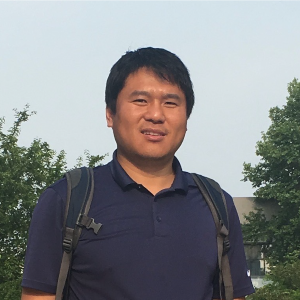
Building: Integrative Genomics Building (IGB), Room 125
yezhangding@lbl.gov
http://www.northenlab.org/
Links
Research Interests
I am interested in using integrative system biology and high throughput approaches to understand plant specialized metabolism in plant environmental stress interactions. One of his projects is focused on plant microbiome interactions. Plants utilize chemicals to communicate with microorganisms, favoring beneficial microbes and killing harmful ones. I use integrative approaches, including metabolomics, genetics, transcriptomics, proteomics and others to identify novel secondary metabolites involved in plant microbe interactions and explore how plants use these metabolites to benefit their own.
Recent Publications
Related News
EcoFAB: A Tool for Combating Climate Change and Training the Next Generation
Fabricated ecosystems—EcoFABs—are plastic, takeout box–sized growth chambers developed at Berkeley Lab to be a standardized and reproducible platform for conducting experiments on model plants and the microbes that live around their roots. A greater understanding of how plants and microbes work together to store vast amounts of atmospheric carbon in the soil will help in the design of better bioenergy crops for the fight against climate change.
Research Interests
Mustafa Janabi directs and manages operations of the Biomedical Isotope Facility, which means that he:
• Coordinates production schedule,
• Operates and maintains medical cyclotron (RDS-111),
• Hires, trains, and supervises new employees, and
• Coordinates with researchers on collaborative projects.
Recent Publications
Building: 091, Room 0110D1
Mail Stop: 91R0183
Phone: 510-495-8732
pfandeer@lbl.gov
eco-fab.org
Research Interests
EcoFAB and EcoBOT development, environmental microbiology including plant-microbial interactions
Recent Publications
Related News
Introducing RhizoNet: AI-driven Plant Root Analysis
Berkeley Lab scientists from the Applied Mathematics and Computational Research (AMCR) and Environmental Genomics and Systems Biology (EGSB) Divisions developed RhizoNet, which harnesses the power of artificial intelligence (AI) to automate the process of root image analysis with exceptional accuracy.
EcoFAB: A Tool for Combating Climate Change and Training the Next Generation
Fabricated ecosystems—EcoFABs—are plastic, takeout box–sized growth chambers developed at Berkeley Lab to be a standardized and reproducible platform for conducting experiments on model plants and the microbes that live around their roots. A greater understanding of how plants and microbes work together to store vast amounts of atmospheric carbon in the soil will help in the design of better bioenergy crops for the fight against climate change.
Pete Andeer, Robot Wrangler
For Pete Andeer, the idea to help solve some of our planet’s larger environmental issues came while he was living and working abroad. Now he's on the team that's building an all-in-one experimental robot station to understand the mechanics of plant and microbe interactions like never before.
Research Interests
- Unravelling the relationship between structure, dynamics and function of enzymes using
- Time-resolved structural studies at X-ray free-electron lasers (XFEL)
- Simulating biological systems using Molecular Dynamics/Quantum mechanical methods
- X-ray crystallography data analysis – developing new methods for active sites of metalloenzymes
- Current systems of interest include Photosystem II, a multi-subunit membrane enzyme catalyzing the water oxidation reaction.
Recent Publications
Related News
Congratulations to Biosciences Area Director’s Award Recipients
Several Biosciences Area personnel are among the 2024 recipients of Berkeley Lab Director’s Achievement Awards. The program recognizes outstanding contributions by employees to all aspects of Lab activities.
Researchers Capture Elusive Missing Step in Photosynthesis
After decades of effort, scientists have revealed atomic-scale details of the water splitting step of photosynthesis, the chemical process that generates the air we breathe. The latest work adds to our understanding of photosynthesis and will aid the development of fully renewable alternative energy sources.
Crystallography for the Misfit Crystals
Nicholas Sauter, a computer senior scientist in the Molecular Biophysics and Integrated Bioimaging (MBIB) Division, is co-leading a team working to provide a better way for scientists to study the structures of the many materials that don’t form tidy single crystals. Their new technique, called small-molecule serial femtosecond X-ray crystallography, or smSFX, supercharges traditional crystallography with the addition of custom-built image processing algorithms and an X-ray free electron laser (XFEL). In a paper published in Nature, the team demonstrated proof-of-principle for smSFX and reported the previously unknown structures of two metal-organic materials known as chacogenolates.

